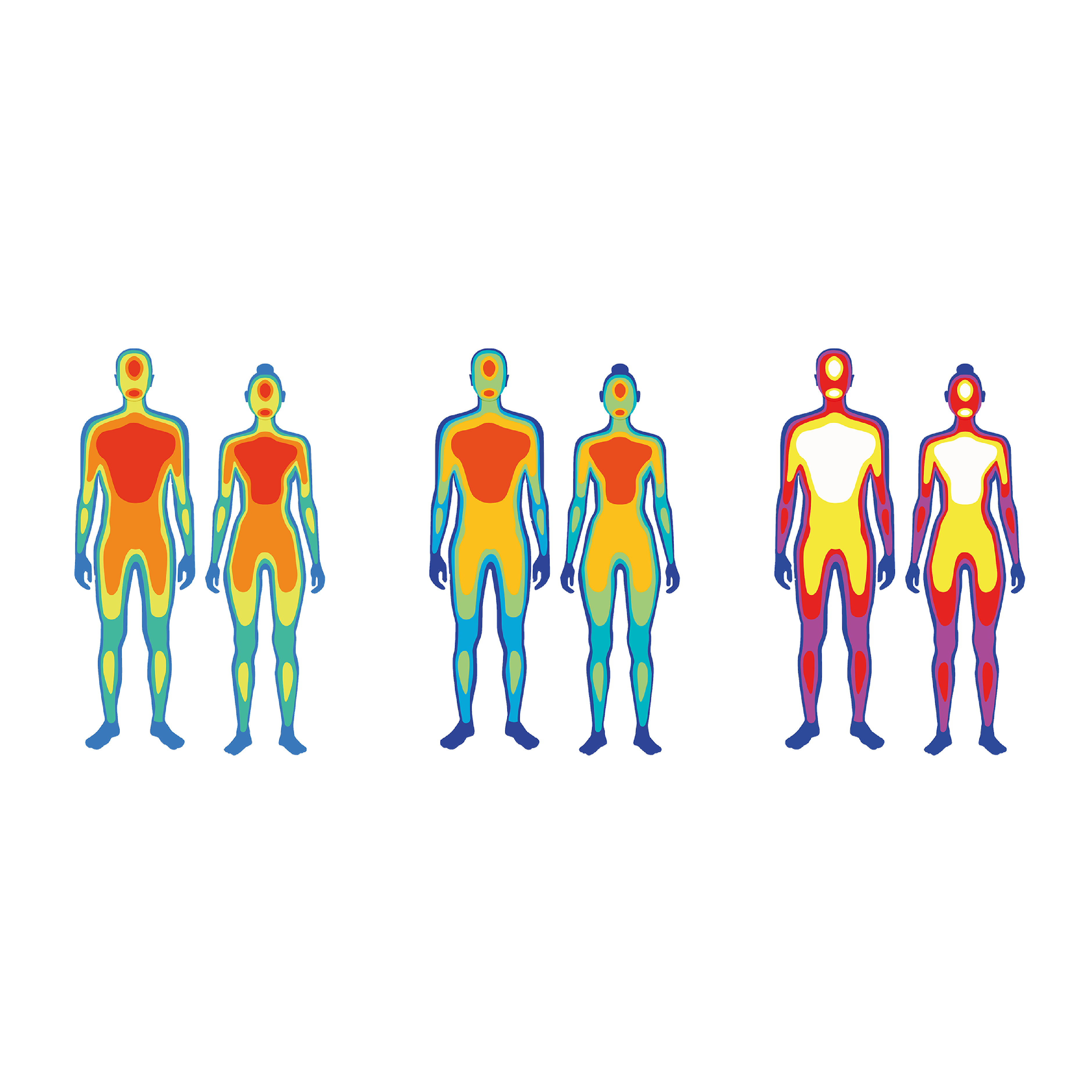

 Skip to Navigation
Skip to Navigation
Sally Maclachlan – Equivital Marketing Manager
In today’s world, everyone with a smart phone can quickly access their heart rate and determine the fluctuations. Smartwatches have made it so easy that even my 7-year-old now understands the basics of heart rate variability and enjoys exercising to see the impact that it has. But do commercial smart devices match up to measures that are used in research?
We need to look at a few factors that are important to consider.
Just with anything in life, you need the right tool for the job. Does the monitoring device measure the right information, and can it be used in the situation it’s needed in? Testing the impact of the cold on an individual for example may mean that the apparatus needs to withstand even the most extreme temperatures.
Data collection is vital for a study and patients may not want to wear or use multiple devices in order to capture all the data that you need. Technology that can capture multiple data points may be the solution, a one-stop-shop can mean that individuals in the study are more receptive. Data granularity for researchers is also vital and at the moment smart watches do not give that level of detail.
When it comes to data, often more is more. The more detailed data you receive the more you will be able to get a better idea of the impact on the individual. Raw data files can also help researchers so that they can use the data in analysis software they are familiar with. Technology that can consistently capture data over a long period of time can be invaluable to research. A recent study assessed devices that could be used to measure heart rate variability across a 24-hour period in military populations and has shown that, not surprisingly, different devices offer varying ability to provide accurate data results over a number of hours.
Researchers need to know that the data they are capturing, and analysing is the best they can get. Data capturing devices should be sophisticated enough that they can give researchers an indication of the data quality received. This gives researchers the assurance that the data is valid and they can eliminate potentially spurious readings. There has also been research1 into the accuracy of the data received from smart watches, with the conclusion that the more rigorous the activity, the less accurate the data is from the smartwatch. This is not ideal in a research situation where consistency and accuracy are paramount.
The technology that drives smart watches is getting better and better. Some devices are already being used to detect heart related issues like arrhythmia and some will give you ECG information, but not at a continuous level. I don’t think we are more than a few years away from the day when an ‘off-the-shelf’ wearable device is accurate enough for a clinical setting. Until that day, the research community need devices that are the gold-standard for physiological measurements in their studies. Contact us today to find out how we can help.